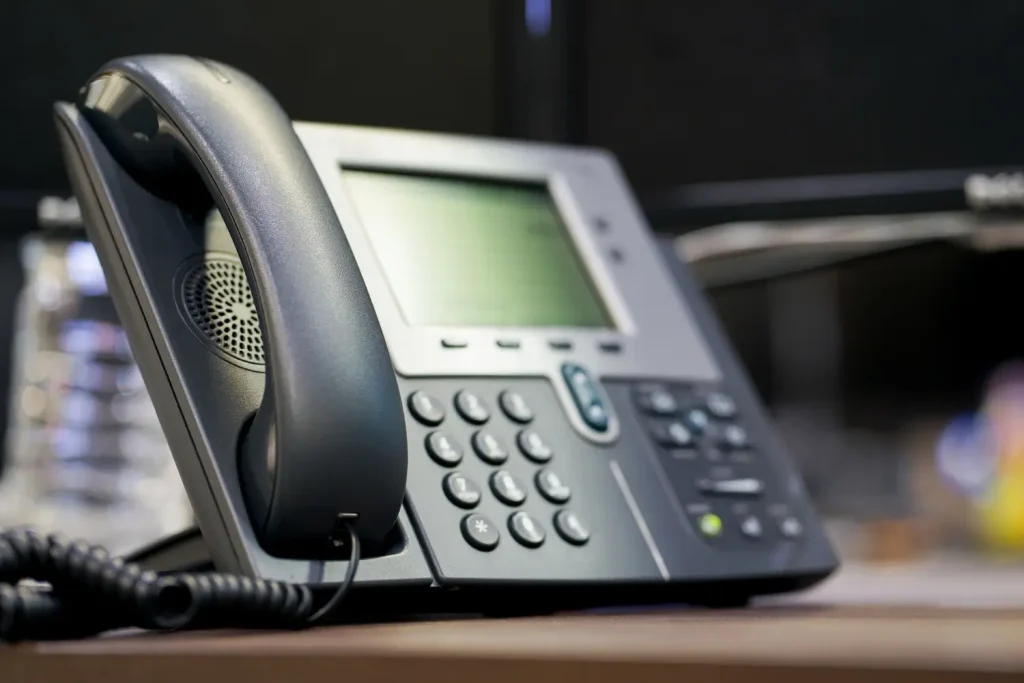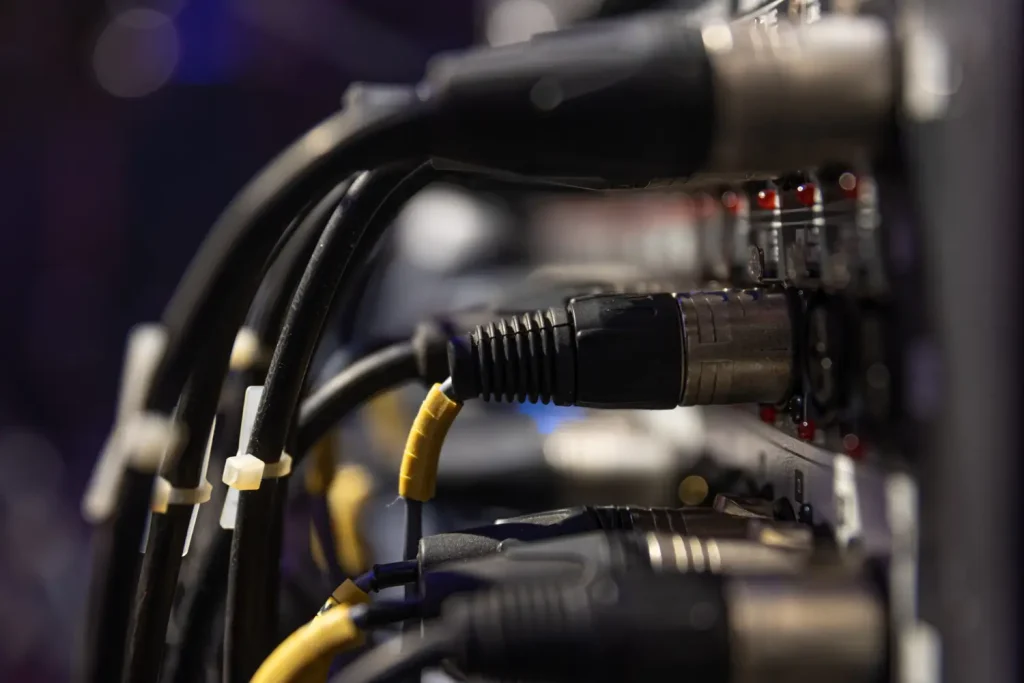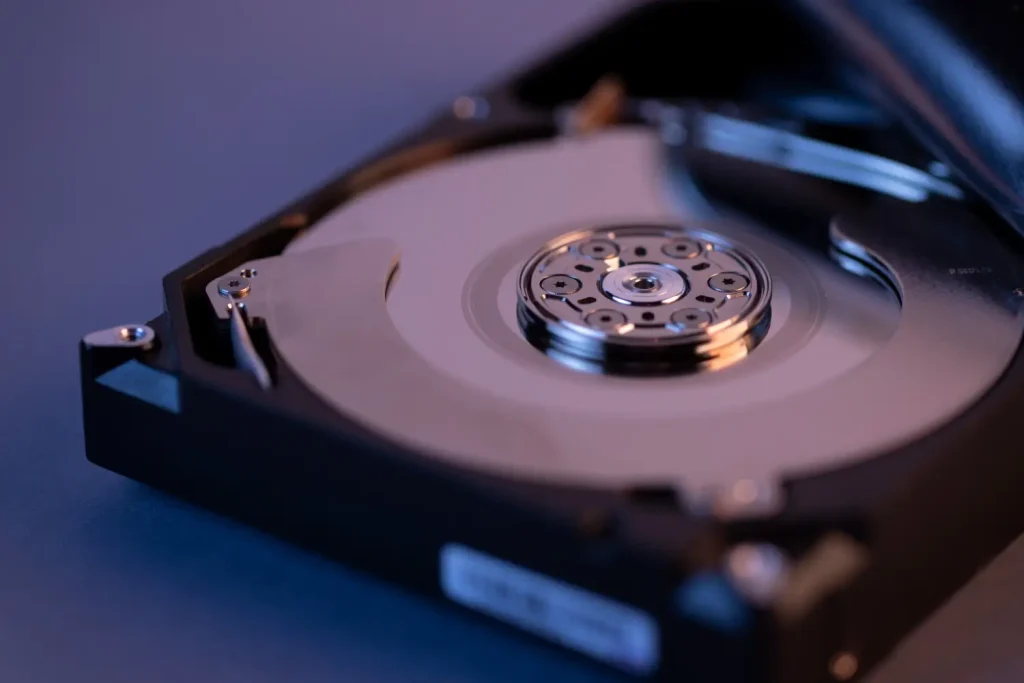A high quality table microphone, Cisco CS-MIC-TABLE-J is very reliable and easy to use for delivering sound loudly and clearly. The 3.5mm plug makes it easy to connect to a variety of communication setups hence making this microphone very versatile. High sound quality and integration into professional audio systems are some of the cases where this equipment would be most useful. If you’re interested in technology or networking, you have probably already encountered the Cisco CS-MIC-TABLE-J=. Staying up to date with their best posts and reviews is something that every individual should do during 2024 as it goes on. This guide has all the best posts so far in 2024, regardless of whether one is planning an upgrade or just wants to know about some recent trends.
Why 2024 matters to Cisco posts – Trends in Cisco Technology
Several new trends have emerged from Cisco in the year 2024, marking this year as a landmark one for the company. Hybrid work solutions have taken centre stage, artificial-intelligence driven enhancements are coming up, and user interface design is becoming more intuitive. These trends reflect how we communicate and collaborate in the changing world today.
Impact of Recent Innovations
This year, Cisco has been rolling out various innovations that are directly impacting CS-MIC-TABLE-J=. Enhanced noise cancellation, improved audio clarity, and integration with advanced AI tools are just a few examples of these innovations that cause ripples in the communication sector.
Comparisons with Previous Models
The sound quality and compatibility with previous models show a remarkable speedy growth, as shown by this comparison. It provides customers with insights into where this device stands within Cisco’s range of products as well as what makes it different from others.
Diverse Opinions on Functionality in 2024
Various blog articles published in 2024 show the Cisco CS-MIC-TABLE-J as the summary of great audio performance. Users noticed that no matter what else was going on, this mic still heard everything loud and clear. For this reason, numerous IT experts indicated that they could communicate better while attending virtual meetings thanks to it.
A Detailed Overview of the Cisco CS-MIC-TABLE-J= Posts of 2024
Post 1: A Complete Assessment – Main Points of Interest
In this article, the author evaluates the CS-MIC-TABLE-J’s performance by providing precise details. It includes aspects such as simple installation processes and sound clarity, which help in understanding how the device works in everyday life.
Feedback from Users
Customers have pointed out that they like CS-MIC-TABLE-J because of its clear instructions and dependability. Most reviews emphasize its use in large meeting rooms where it picks up people’s voices without alteration even when they are sitting far apart on a table.
Post 2: Expert Analysis – Detailed Insights
Experts provided their insights into CS-MIC-TABLE-J’s characteristics and performance. This article discusses deep technicalities, comparing it to earlier models and explaining on its merits.
| Polar Pattern |
Omnidirectional |
| Sound Field |
Mono |
| Windscreen |
None |
| Element Type |
Condenser |
| Form Factor |
Boundary/Surface Mount |
Easy Setup and Installation
One of 2024’s leading posts noted how easy it is to set up Cisco CS-MIC-TABLE-J=. The installation procedure is simple, enabling quick entry into start-up mode. IT teams applauded how fast they were able to include this product into already existing arrangements.
Durability and Design
A later post lauded the strength of the microphone’s construction. The Cisco CS-MIC-TABLE-J It is very well made with excellent materials. IT professionals, noted the flexible build which is guaranteed to last you a long-time.
Support for Cisco Devices
This microphone would also work with other Cisco gear, according to a few posts. It plays nicely with Cisco Webex Room Kits, an ideal conferencing room combo. This was a huge plus for IT professionals, which made sure that the audio experience on every device was uniform.
Audio Clarity and Range
One of 2024’s best posts was about how clear this microphone sounds and reaches out. For one, it is an omnidirectional microphone with a wide pick up range that can easily cover most large conference tables by itself. The ability to hear voices coming from any direction impressed its users.
CTA(Add CTA representing the visual representation of audio louder beep and also range of up and down)
Advanced Features
In a few posts the advanced capabilities of Cisco CS-MIC-TABLE-J= are discussed. It comes with noise reduction and echo cancellation for crystal clear communication. Here are a few features that differentiate this from other table mics you might be considering in 2024.
Choosing the Best Cisco CS-MIC-TABLE-J Post for You
Factors to Consider
When deciding which post to read, consider what information you need. Broad overview or detailed technical analyses or practical usage examples? Your needs will guide which post will be most beneficial.
Your specific Needs
Choice should reflect your particular requirements. If you work in IT, an expert study might be best for you, but for end users, a post about real applications might be more useful.
Consideration of Budget
In 2024, many users found the Cisco CS-MIC-TABLE-J= to be a good value for the price. A further source said that compared to other mics, it has features that are very good for the price. IT workers, especially those who work for businesses on a budget, said it was a good deal.
Underneath the Surface: Contemplating the Most Important Posts – Similarities and Differences
When you compare the best pieces, it’s clear that each one has its own benefits. You can get a general idea of a lot from a broad report, but with an expert analysis, the details become clear. Printed work that has real uses shows life in general, so each point may be useful for you based on your own needs.
Performance Analysis
By looking at how well the CS-MIC-TABLE-J has done in these posts, we can figure out a number of things. This will help you decide if you want to add this item to your setting or not.
Conclusion
All in all, throughout 2024, Cisco CS-MIC-TABLE-J= has been highly regarded by users. It works great as always and is reliable enough to use in boardrooms and other meeting places where someone needs a system that makes sounds louder than ever for this price. This voice recorder is always the best choice for businesses and IT managers who want a good one that doesn’t make their work harder.
FAQ’s
What makes the Cisco CS-MIC-TABLE-J stand out from other microphones?
The Cisco CS-MIC-TABLE-J is different from competing microphones in several ways. That’s what makes the Cisco CS-MIC-TABLE-J different from other microphones: it sounds better, is more durable, and works properly with all Cisco devices.
What happens when you conduct a conference in a big conference room using Cisco CS-MIC-TABLE-J?
Because of this feature, you can hear every word being said at the table, no matter how far away you are. This is because the microphone has a very wide pickup range and good noise reduction.
Does CS-MIC-TABLE-J have any major developments for 2024?
Indeed! Cisco is always working to stay on the cutting edge of technology. Better noise canceling technology, louder music (voices), and more advanced AI tools are all part of the most recent changes.
The CS-MIC-TABLE-J’s viable implementations, what variety of posts should I consume?
There are posts with real-life cases that show how CS-MIC-TABLE-J helps people from different places work together and talk to each other.
How can I tell what Cisco CS-MIC-TABLE-J= post would suit me best?
Check to see what kind of information you need. For example, do you want a broad overview, a detailed scientific analysis, or examples from real life? Then compare your requirements with the topics of each post to determine the best fit.























